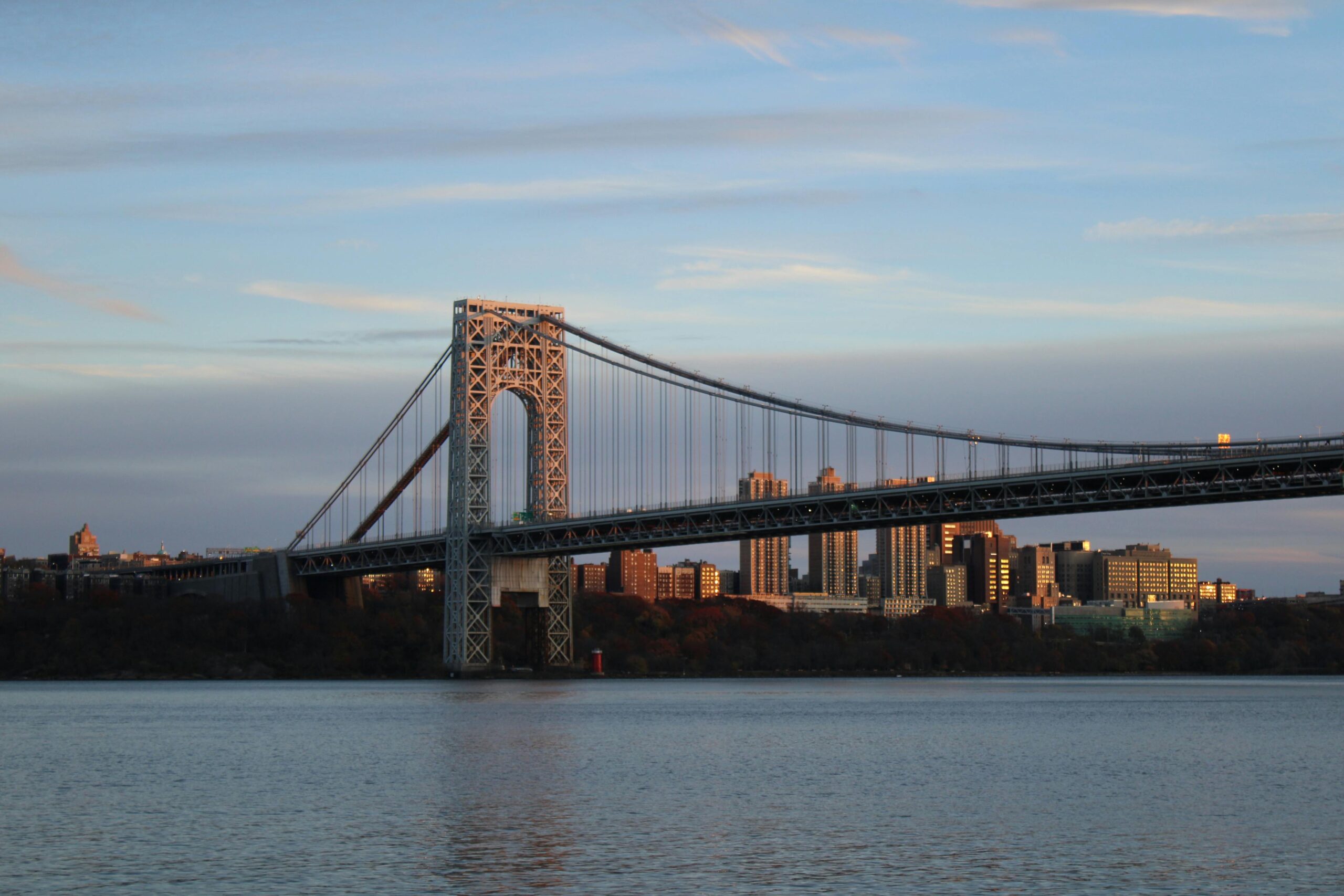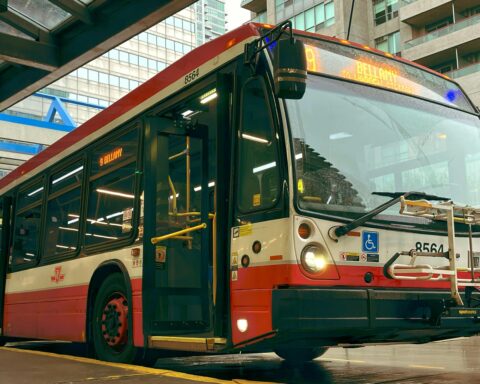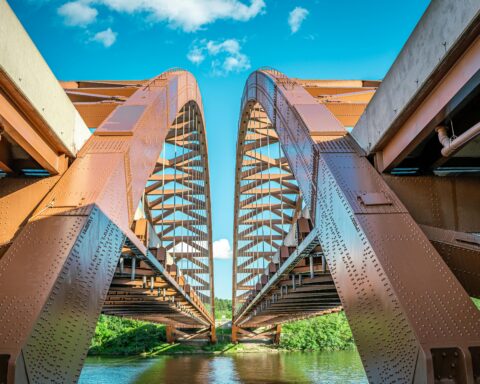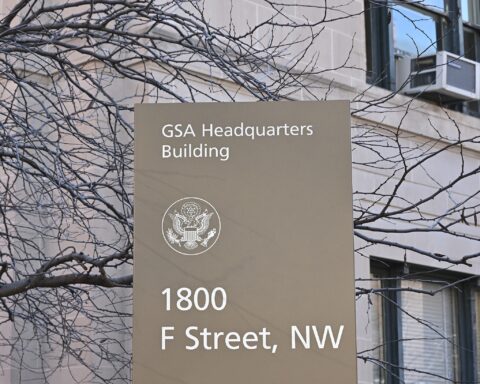The Port Authority of New York and New Jersey has unveiled its proposed $9.4 billion budget for 2025, allocating $3.6 billion to capital infrastructure projects.
These projects include the redevelopment of the region’s key airports, the replacement of the aging Midtown Bus Terminal and a comprehensive rehabilitation of the George Washington Bridge.
Other projects include upgrades to the road network serving the busiest marine terminal in the seaport and a two-year plan to modernize the PATH commuter rail system, including tracks, stations and signals.
RELATED: Port Authority invests $410 million to rehab rail, wharfs in New York and New Jersey
The budget proposal includes a 25 cent toll increase for all vehicles starting Jan. 5 in addition to the annual inflation-based adjustment. These higher tolls will generate revenue to help offset $3 billion in pandemic-related losses and inflationary pressures while also supporting the largest capital investment in the Port Authority’s history.
The $3.6 billion capital budget proposal represents an increase of $750 million compared with 2024 spending. This funding will support the completion of key projects like the $2 billion Restoring the George program and the addition of 72 new PATH railcars.
It will also advance planning and early work on new priority initiatives, such as redevelopment of the Midtown Bus Terminal, the full replacement of the outdated AirTrain Newark and the implementation of the EWR Vision Plan to transform Newark Liberty International Airport, building on the success of its newly opened, award-winning Terminal A — all while maintaining operations at current service levels.
The proposed 2025 capital spending will fund the following initiatives:
- John F. Kennedy International Airport: Significant progress on infrastructure supporting the construction of new Terminals 1 and 6, along with the complete overhaul of the airport’s roadway network.
- Newark Liberty International Airport: Planning and design efforts to advance the EWR Vision Plan, which includes a new on-airport mass transit system connecting all terminals to replace AirTrain Newark, originally built in the 1990s.
- Pedestrian Access in Newark and Elizabeth: A project to create pedestrian pathways connecting underserved communities in Newark and Elizabeth to the Newark Airport Rail Link station. It also includes improving mass transit and airport accessibility via NJ TRANSIT or Amtrak services.
- George Washington Bridge: Ongoing work on the $2 billion Restoring the George program, which aims to replace or rehabilitate all major components of the 93-year-old bridge, including all 592 suspension wires. Of the program’s 11 projects, four are complete, six are in progress and one is in the planning phase.
- Midtown Bus Terminal: Early construction for the new terminal, including platforms over the Lincoln Tunnel’s Dyer Avenue ramps and a new bus staging and storage facility. This phased replacement project will maintain terminal operations and minimize service disruptions.
- PATH Commuter Rail Upgrades: A $430 million investment over two years to replace track infrastructure, upgrade stations, modernize signals and equipment, and introduce new railcars to improve speed, reliability and service. The rollout of a tap-and-go fare payment system, including TAPP readers and a new TAPP card, is also planned by the end of 2025.
- LaGuardia Airport Transit Improvements: Development of a new express bus service for LaGuardia and contributions to enhanced reliability for the free Q70 LaGuardia Link Select Bus Service.
- World Trade Center: Funding for maintenance projects and upgrades to an existing river water pump station.
- Port Infrastructure: Rebuilding the Port Street access roads at Port Newark and the Elizabeth-Port Authority Marine Terminal to meet modern highway standards and accommodate larger trucks. Rehabilitation of two berths at the seaport will also ensure the maintenance and competitiveness of the East Coast’s busiest seaport and the nation’s second-busiest container port.
Unlike many comparable agencies that manage essential infrastructure, the Port Authority does not receive tax funding from New York or New Jersey. Instead, it operates as a self-sustaining entity, generating revenue through fees, rentals and other charges to businesses that use its facilities. The agency actively seeks to maximize income from sources other than tolls and fares.
A series of public hearings that will also be available online for virtual attendees will be held in early December for feedback on the proposed budget.
Photo by The Global Guy













